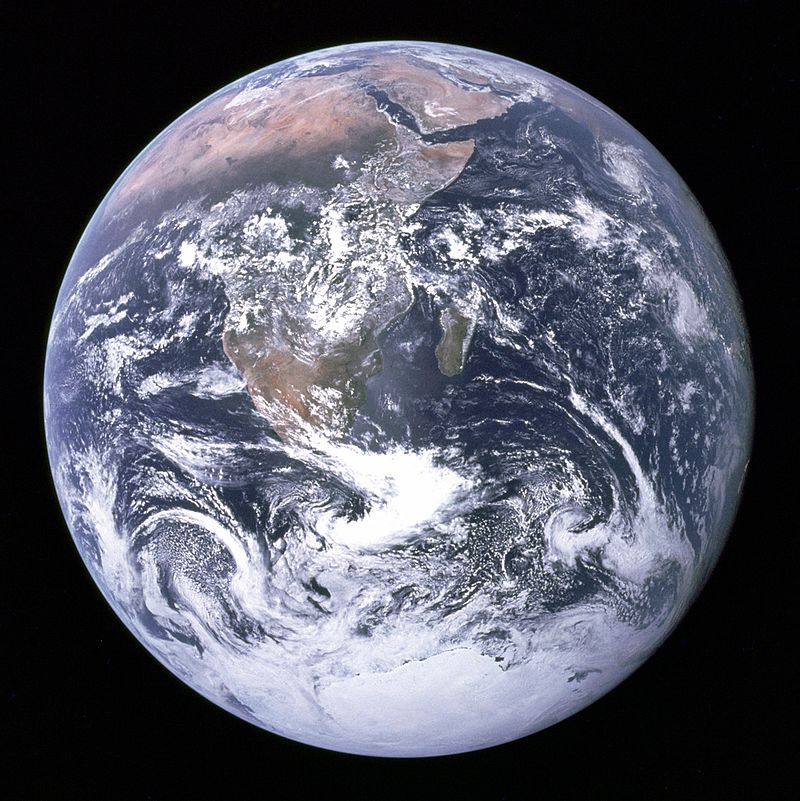Titan is Saturn’s largest moon, and the second largest moon in the solar system, following Jupiter’s Galilean moon Ganymede. Titan is so large that it is actually slightly larger than the smallest planet in the solar system, Mercury. Besides our own Moon, and the four Galilean moons of Jupiter, Titan is among the earliest discovered moon in the solar system, first detected in 1655. The moon was first viewed up close in 1980 by Voyager 1, but came under intense scrutiny in the mid-2000’s when it was being studied by the Cassini-Huygens space probe. Outwardly, the moon is interesting because unlike other moons, it is covered in a very thick honey-colored atmosphere, so thick in fact, that it is nearly impossible to see the moon’s surface features from outside its atmosphere. This is surprising because generally smaller celestial bodies, even bodies the size of Mars, are thought to be unable to support a thick atmosphere because their gravity levels are so low. Titan, however, can support an atmosphere four times as dense as Earth’s because it is so cold. The surface temperature averages at about -289 degrees fahrenheit, and as the gas molecules are not moving very rapidly, they do not overcome Titan’s gravity and leave the moon.
But what is more interesting about Titan’s atmosphere is that it is 98% nitrogen. Compare this with Earth’s 78.1% nitrogen atmosphere. While Titan may lack the oxygen level’s of Earth’s atmosphere, both bodies share an atmosphere with nitrogen as it’s base. But similarities between these two atmosphere’s go a big step further. Within Titan’s atmosphere clouds of ethane and methane sometimes accumulate, and from time to time these clouds precipitate, releasing rain in the form of liquid ethane and methane. Violent rainstorms on Titan are responsible for the formation of huge lakes – complete with bays, inlets and islands – that are often larger than Earth’s five Great Lakes. These seas create an earth-like terrain; valleys and channels cut by running liquid mark the surface, and stones which on Mars, Mercury or our Moon would be jagged and lumpy are round and smooth on Titan due to rain weathering. Titan’s terrain also lacks the craters which are so often the staple of extraterrestrial surfaces. Scientist’s theorize that this owes itself to Titan’s relative youth geologically. If this is true, it is not difficult then to think of Titan then as similar to what Earth may have been like in its early youth. Because Ethane and Methane are hydrocarbons (Hydrogen: one of the building blocks of water, + Carbon: the main building block of all life on Earth), life on Titan seems viable, if not already existent in microbial form. Either way, Titan in every sense except it’s excessively cold conditions, seems to be what scientists think of when they imagine a young planet with conditions in which life could potentially evolve.

